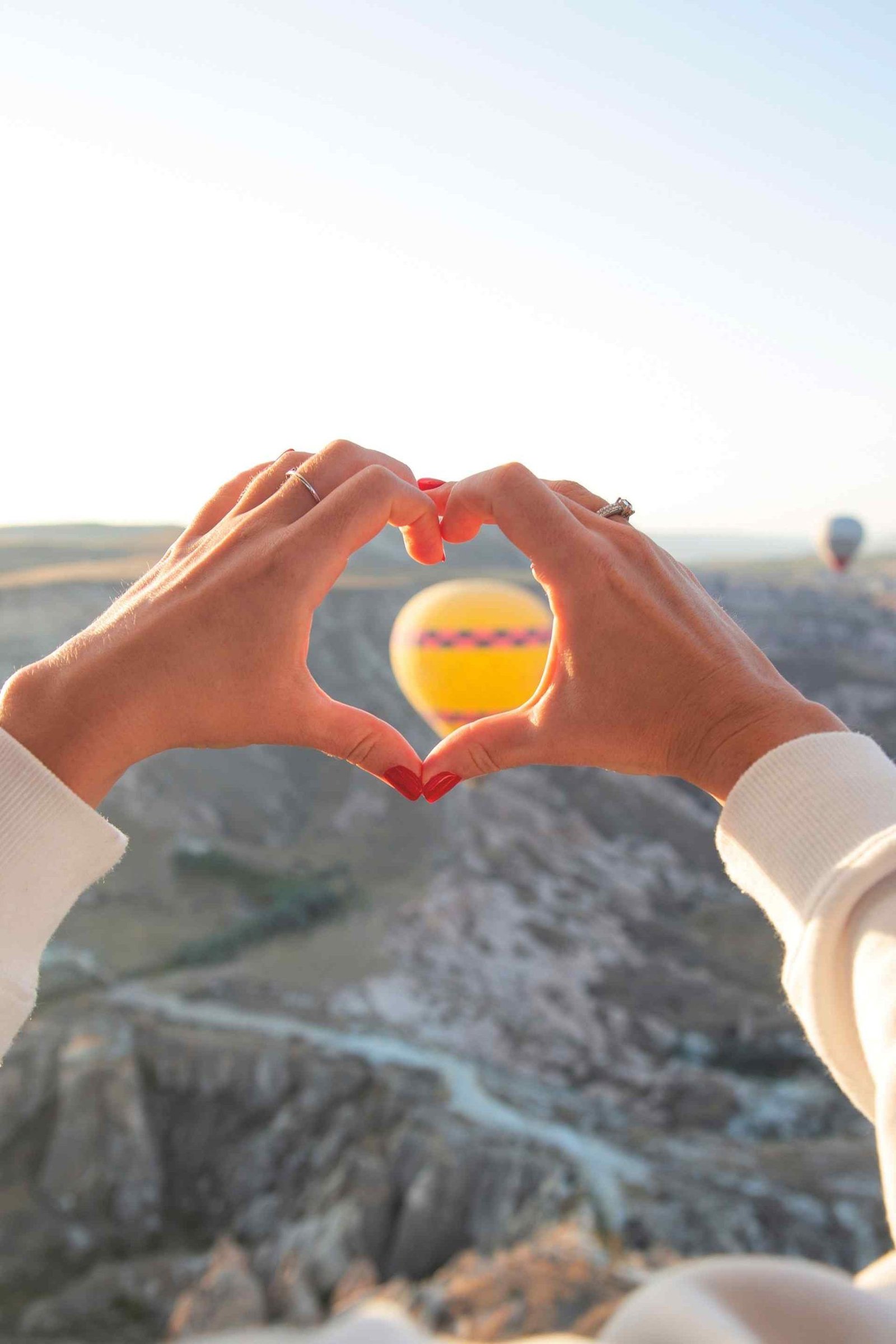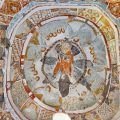Cappadocia’s underground cities are not only known for their historical significance and architectural wonders, but also for their breathtaking art and culture. The underground cities of Derinkuyu, Kaymakli, and Özkonak are some of the most visited and admired tourist attractions in Cappadocia due to their rich frescoes and carvings.
Frescoes, a form of mural painting, are a prominent feature of Cappadocia’s underground cities. These paintings, created using natural pigments and water, were mainly used to depict religious and cultural themes. The frescoes found in Cappadocia’s underground cities are believed to date back to the 8th century and were influenced by the Byzantine Empire.
One of the most famous frescoes found in Cappadocia’s underground cities is the depiction of Jesus Christ in the Tokalı Church, located in the Goreme Open Air Museum. The fresco, dating back to the 10th century, is known for its intricate details and stunning colors. Other frescoes found in the underground cities of Cappadocia include depictions of saints, angels, and biblical stories.
Carvings, another significant feature of Cappadocia’s underground cities, are believed to have been created using basic tools such as hammers and chisels. The carvings found in the underground cities are not only intricate but also have significant cultural and historical value. Some of the most notable carvings in the underground cities include those of the Malakopi Church and the Sarıca Church.
The Malakopi Church, located in the underground city of Kaymakli, is known for its carved columns and arches that resemble those found in Roman architecture. The church is believed to date back to the 8th century and is a testament to the rich history and architectural wonders of Cappadocia’s underground cities.
The Sarıca Church, located in the underground city of Derinkuyu, is known for its stunning frescoes and intricate carvings. The church’s interior is decorated with murals depicting the lives of saints, as well as carvings of crosses and geometric patterns.
Visitors to Cappadocia’s underground cities can experience the art and culture of these ancient structures through guided tours, which offer a glimpse into the region’s rich history and the artistry of its people. As with all historical sites, it is important to respect and preserve the frescoes and carvings found in the underground cities of Cappadocia for future generations to enjoy.




